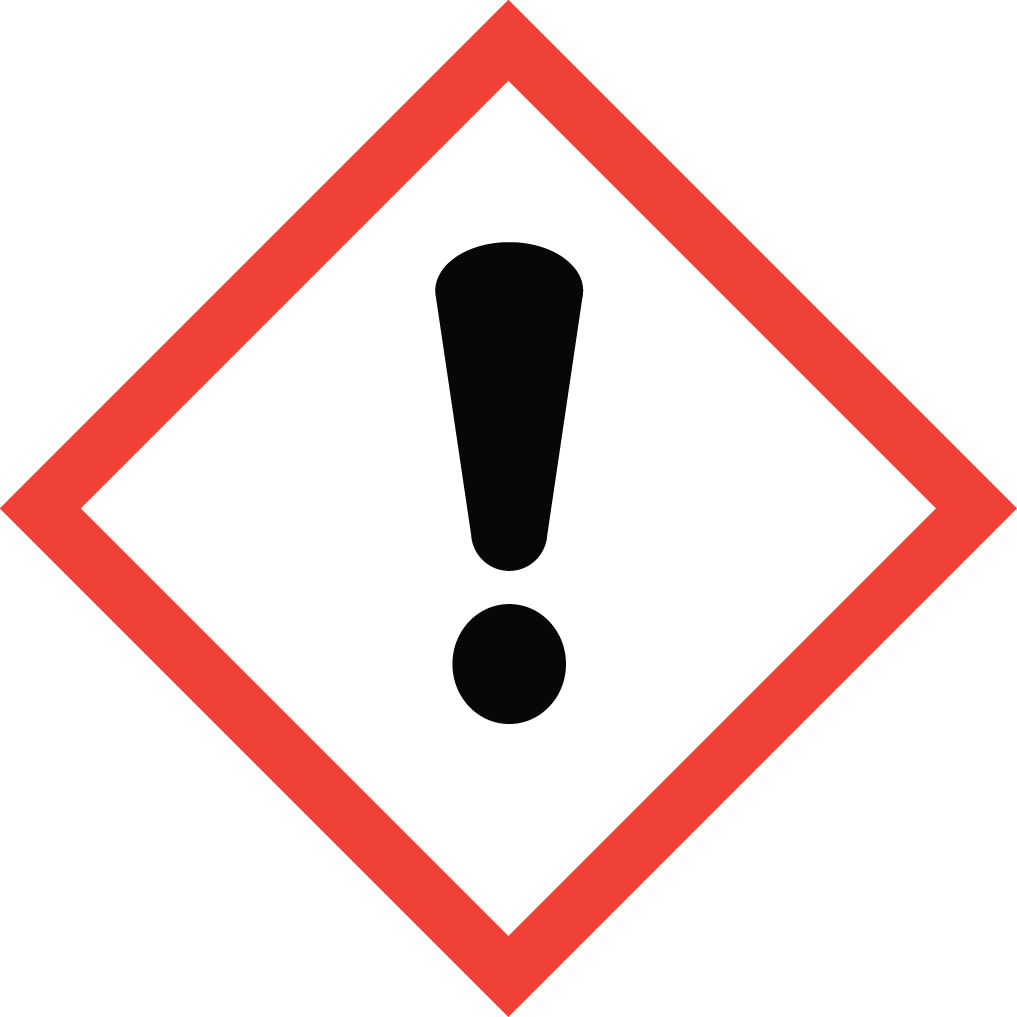
|
Norharmane hydrochloride |
Hazard Statements
Causes skin irritation. Causes serious eye irritation. May cause respiratory irritation.
Precautionary Statements
Avoid breathing dust/fume/gas/mist/vapors/spray. Wash skin thoroughly after handling. Use only outdoors or in a well-ventilated area. Wear protective gloves/protective clothing/eye protection/face protection. IF ON SKIN: Wash with plenty of soap and water. IF INHALED: Remove to fresh air and keep at rest in a position comfortable for breathing. IF IN EYES: Rinse cautiously with water for several minutes. Remove contact lenses, if present and easy to do. Continue rinsing. Call a poison center or doctor if you feel unwell. Specific treatment (see supplemental first aid instructions on this label). If skin irritation occurs: Get medical advice/attention. If eye irritation persists: Get medical advice/attention. Take off contaminated clothing and wash before reuse. Store in a well-ventilated place. Keep container tightly closed. Store locked up. Dispose of contents/container to an approved waste disposal plant.
Manufacturer information
Name
AK Scientific, Inc
Phone
1-800-633-8253
Address
30023 Ahern Ave.
Union City , CA 94587
PICTOGRAMS

HMIS
| HEALTH |
|
| FLAMMABILITY |
|
| PHYSICAL HAZARD |
|
| PERSONAL PROTECTION |
Based on an evaluation of the eye or face hazards present, wear chemical splash-resistant safety glasses or goggles with side protection. A face shield may be appropriate in some workplaces. Use eyewear tested and approved under appropriate government standards such as OSHA 29 CFR 1910.133 or EU EN166. Wear gloves selected based on an evaluation of the possible hazards to hands and skin, the duration of use, the physical conditions of the workplace, and the chemical resistance and physical properties of the glove material. Protective clothing must be selected based on the hazards present in the workplace, the physical environment, the duration of exposure, and other factors. No fabric can provide protection against all potential hazards; therefore it is important to select the appropriate protective clothing for each specific hazard. At the minimum, wear a laboratory coat and close-toed footwear. Respirators are not a substitute for accepted engineering control measures such as enclosure or confinement of the operation, general and local ventilation, and substitution of less toxic materials. When respiratory personal protective equipment is appropriate based on an assessment of respiratory hazards in the workplace, use a NIOSH- or CEN-certified respirator. |
Northern Michigan University
Local data
SKU #


